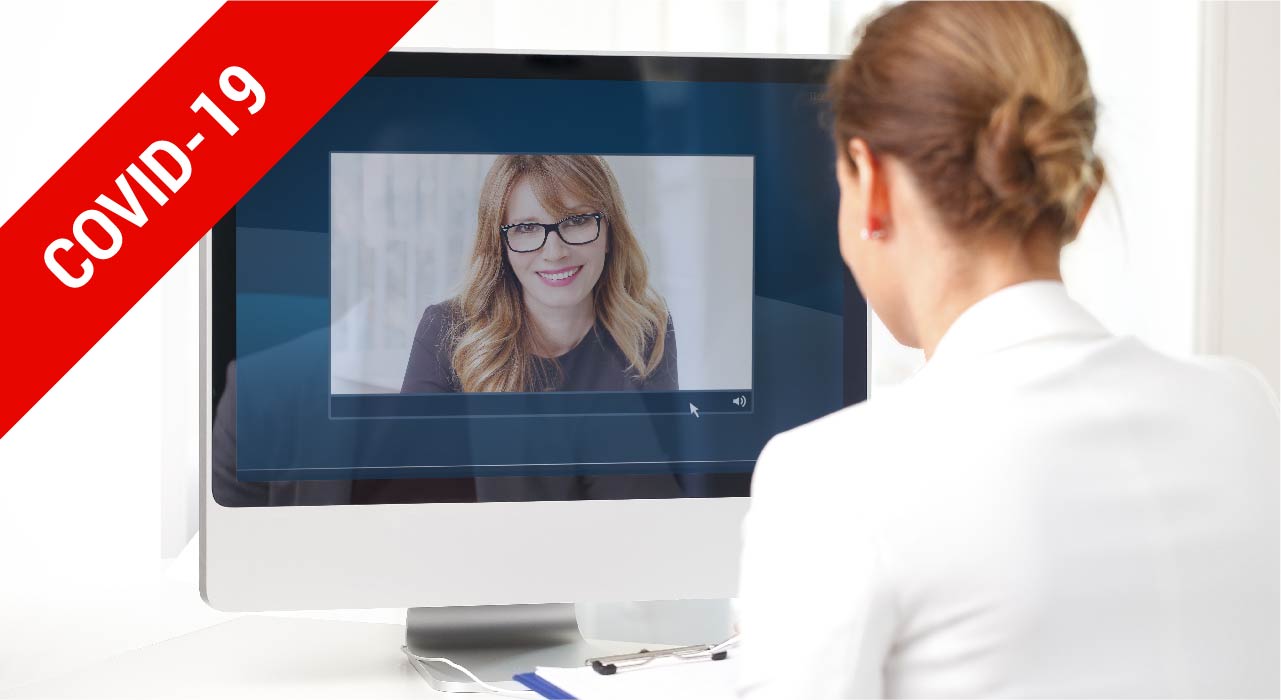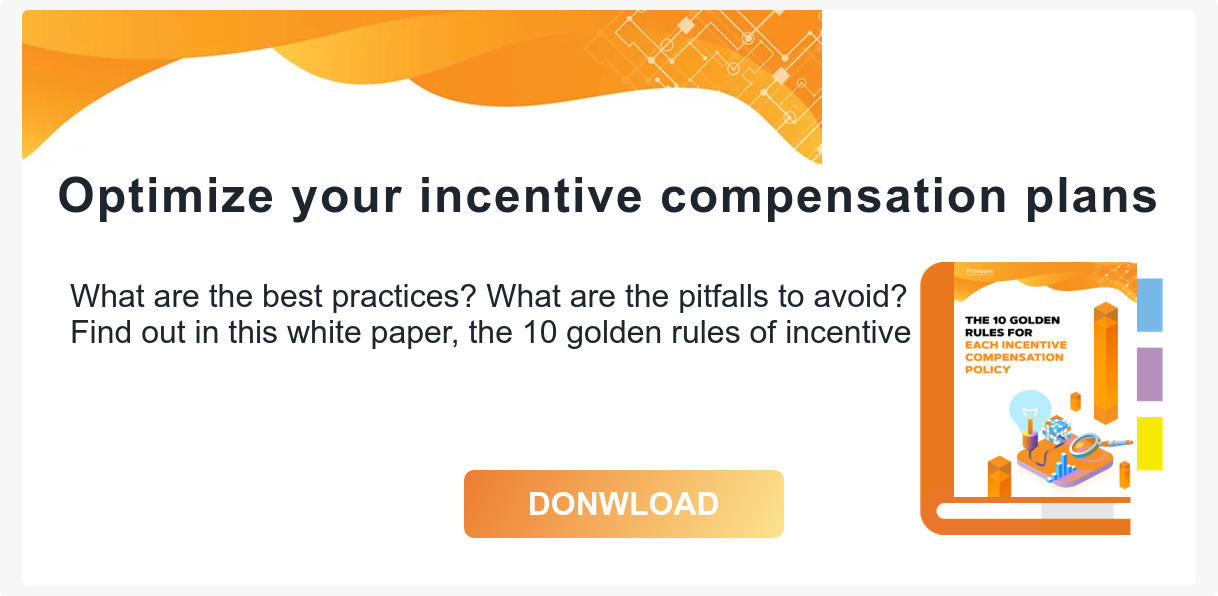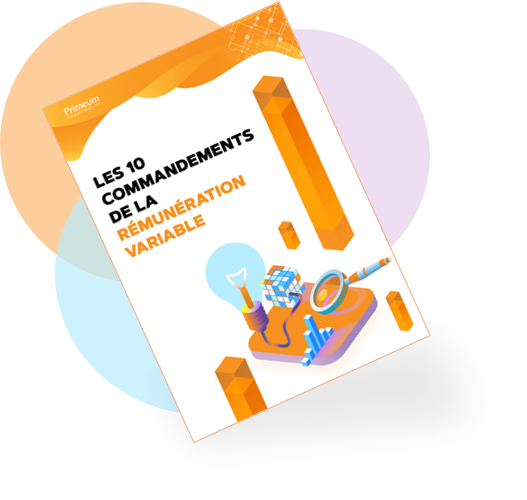An annual performance review involves evaluating an employee’s professional skills, identifying his strengths and areas for improvement, taking stock of his personal successes and setting objectives for the coming year among other things. For the review to be successful, planning is needed, both for the employee and for his manager.
Held mainly between March and May of each year, this key meeting between employees and managers will this year be held remotely, by video conference, as the health crisis linked to coronavirus has completely disrupted the organisation of work in France, forcing all companies in a position to do so to offer home-working to their employees. Is your management by objectives effective? How do you conduct an employee’s performance review remotely? Practical advice is given in this article.
WHAT IS MANAGEMENT BY OBJECTIVES?
Management by objectives or MBO is a specific do you conduct an employee’s performance review remotely? Practical advice is given in this article mechanism for calculating bonuses that allows objectives to be set in an extremely personalised way. With regard to the various economic variables, there are two main groups of possible evaluation mechanisms in the qualitative field: the scorecard, and MBO. These two types of approaches are relatively different; while the aim of scorecards is to implement a number of priorities in a given population in a fairly uniform manner, companies – which may also operate from a general roadmap – using MBO conversely seek to personalise in a very detailed manner the nature and level of requirements of the objectives of each beneficiary.
WHAT ARE THE MAIN PITFALLS OF MBO?
Roll-out of approval of objectives: the danger of inconsistency in setting out the challenges facing the company.
One of the most common experiences when setting up an MBO mechanism is that ultimately the same objectives are set for everyone with the same level of requirements. The consultation process and the managerial ability to create a team’s objective is not insignificant. This work takes up the manager’s time and energy, and when it is noticed on arrival that, due to a lack of managerial courage, a lack of time, or a lack of rigour, the content of the roll-out of objectives isn’t distinct or personalised enough, the expected incentive effects are obviously absent. The final objectives won’t be distinct enough, and the same objectives and final results will be given to all employees. The system will therefore have required a great deal of energy and investment, and in the end not generate the expected incentive effects.
The company needs to set up a coherent roll-out based on the approval of the objectives assigned to each of the organisational levels. It must ensure that the objectives set at each level are consistent with those set at the higher level and that their approval is in line with a reliable process.
THE REMOTE CONDUCTING OF THE ANNUAL PERFORMANCE REVIEW DURING LOCKDOWN
The interview should be scheduled well in advance.
As a manager, it is essential that you plan the annual performance review sufficiently in advance and ask the employee to prepare for it. Even if the video-conference interview seems less formal to you than a discussion on your premises, it is still a motivational interview that should be prepared by both the manager and the employee. This performance review is therefore a discussion that is prepared and must meet specific requirements. Different key phases must follow one another to ensure this review is a success: a listening phase, where everyone has the opportunity to voice their opinion and to argue it, an evaluation phase in the real sense of the word dedicated to the objective analysis of the employee’s achievements and finally a third and final phase, known as the projection phase, during which the avenues for progress for the coming year are discussed. The remote performance review must therefore be structured just as well as an office review: video-conferencing mustn’t impact the rigour or quality of the review.
Adapt your communication to the remote video interview
Communication methods in video-conferencing aren’t the same as in a traditional physical interview. Making yourself understood by camera is difficult: conveying a message involves only 20% verbal communication, so the absence of gestures is a considerable obstacle to helping the listener understand your speech. In a remote interview, you should simplify the way you present things, shouldn’t hesitate to repeat explanations and in particular should make sure the person has understood the content of your message. You no longer have the usual range of communication tools at your disposal, so be careful with your choice of words and tone to limit the risk of misunderstanding between you and the employee.
Be sympathetic and attentive
Some employees may be completely disoriented by lockdown but also by home-working. You will need to be sympathetic and attentive towards your employees who may be experiencing psychological problems.
Even if the employee’s year went relatively badly, and their results weren’t up to scratch, you must take into account the current exceptional conditions and avoid adopting a harsh attitude towards your employee. For some, the exceptional lockdown and health crisis we are currently experiencing may be particularly challenging to deal with. Even if your only watchword should be sympathy, this still shouldn’t prevent you from speaking objectively and taking stock of the year while emphasising the employee’s areas of progress, however big they may be. The key is to do this with a listening ear, empathy and objectivity!





